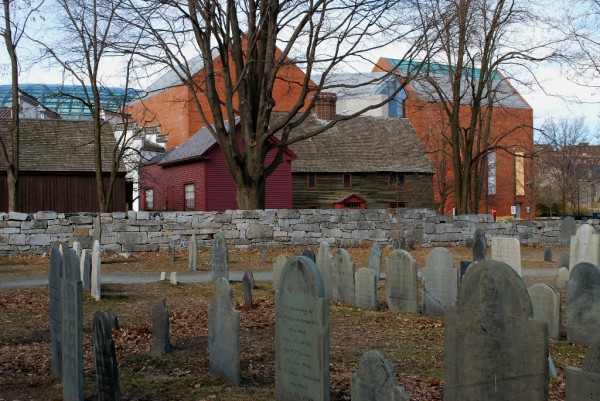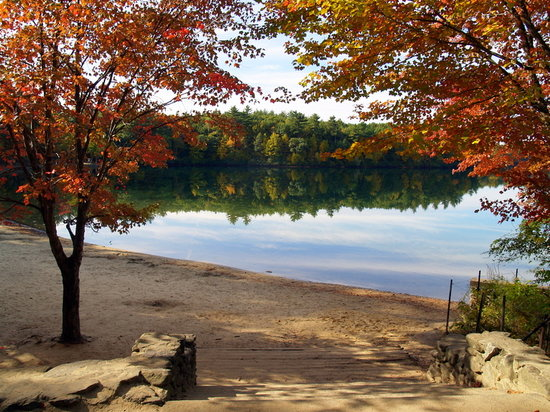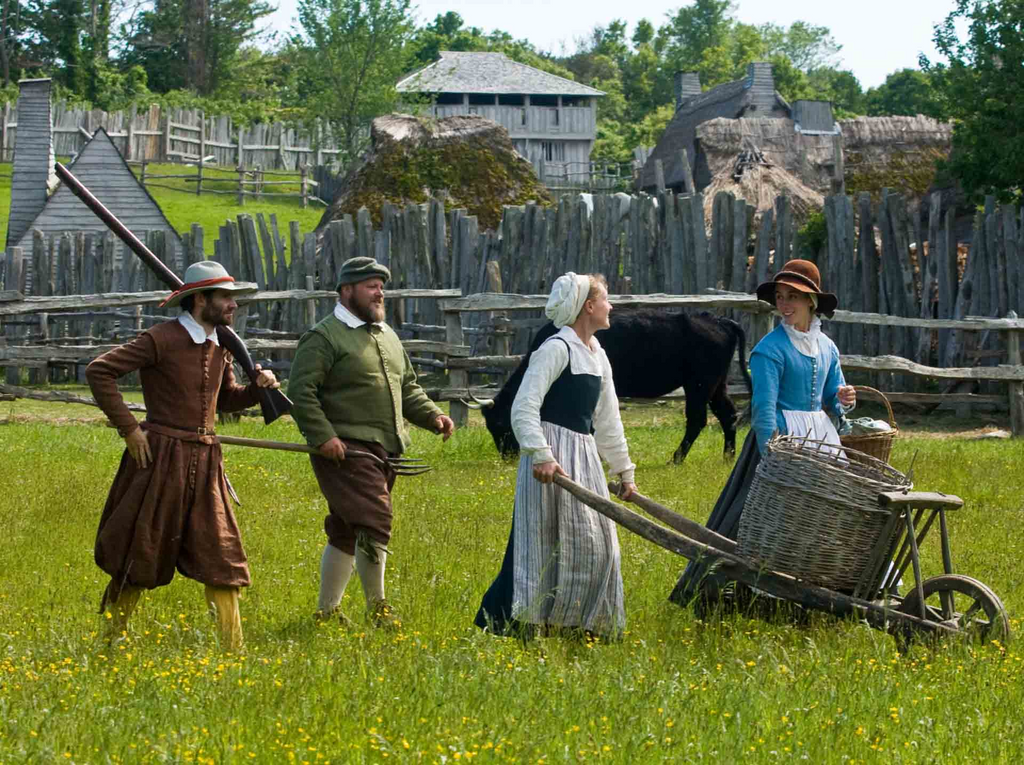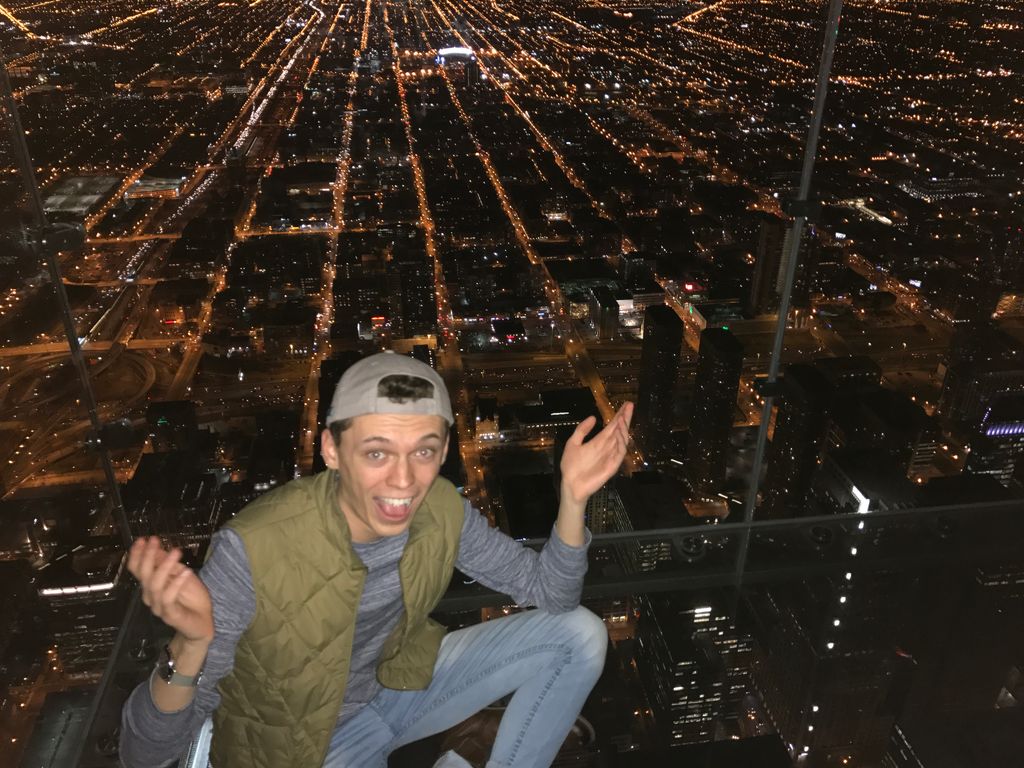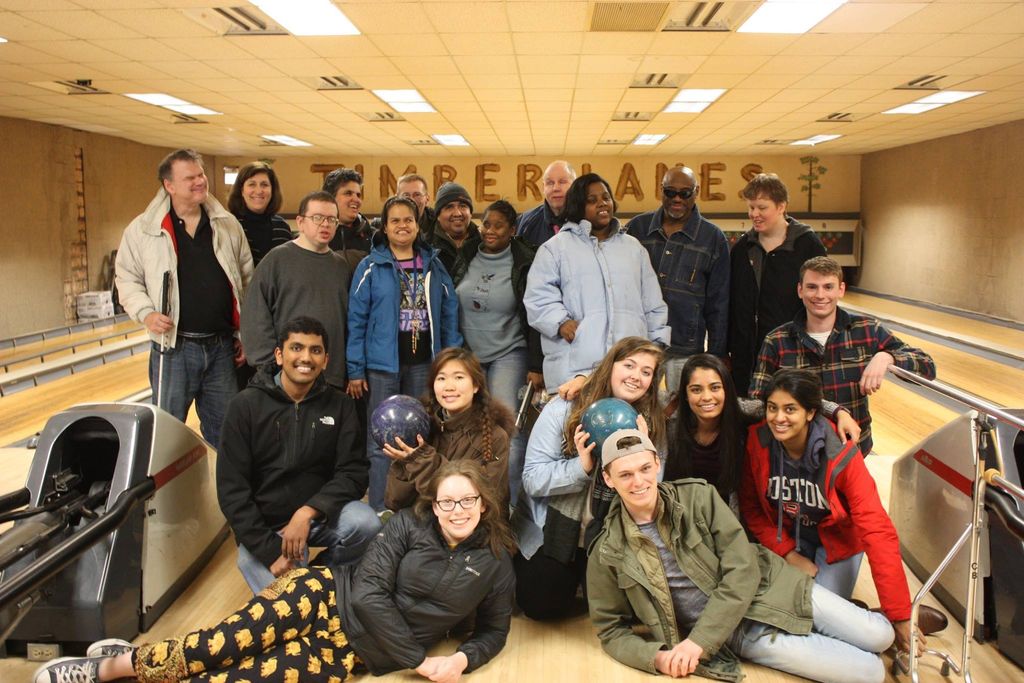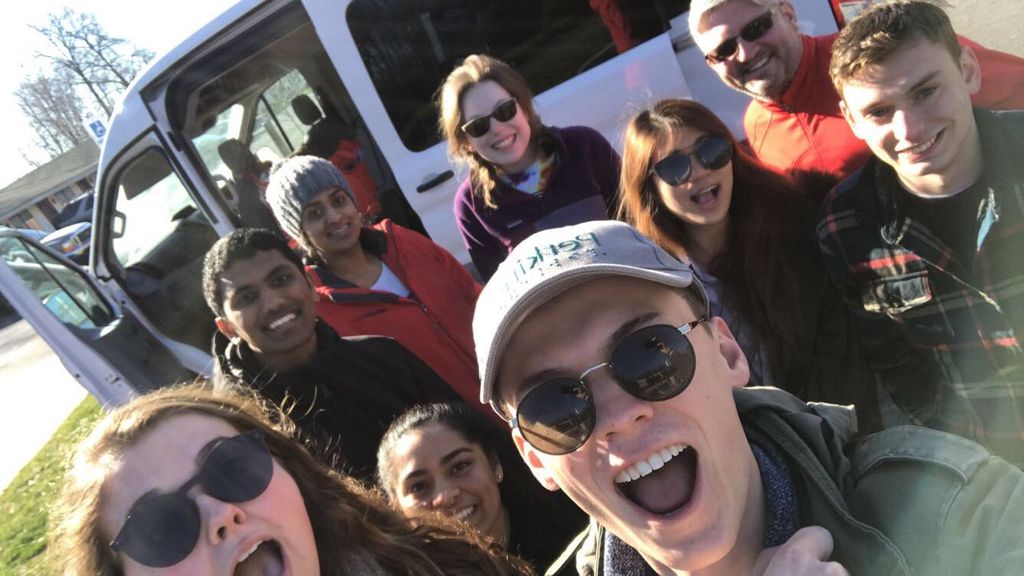This is it, folks… My final post as a COM Ambassador. It’s strange to think that my journey is ending while this blog’s audience is primarily applicants waiting on their admissions decision (which is coming soon! I promise). Your journey is only just beginning. So, instead of writing a sappy post to say goodbye, I’m writing a sappy post to say goodbye AND make it relevant to you. After all, this entire program is designed to welcome YOU to the College of Communication.
After every experience, I ask myself, “what were the takeaways? What have I learned?” Sometimes with a film degree, I wonder what this was all for (not knocking it. I actually have learned so many tangible skills and built connections because of my degree. I wouldn’t be out here hustling in LA if that weren’t the case). But college was about so much more than what I learned inside the classroom.
Of course, asking myself those same questions in the context of college has made these past few months deeply reflective, melancholic, euphoric, daunting, and necessary. So, what I have put together for you are some of my key takeaways from the years 2015 to 2019. I hope that they may guide you through the years ahead.
-
College is about asking the questions. At the end of high school, my English teacher advised us on our next steps: “High school was all about finding the answers to our questions. Now, college will be about finding the questions to ask.” Before coming to BU, everything was simple. So many things seemed to be black-and-white, clear right-and-wrong, dos-and-don’ts, ways to be or not to be. Right from the beginning, BU forced me to debate that mindset. My world and all that I believed in were turned upside down. From an academic context to a social context, this rings true. Use your time in college to approach subjects with respectful curiosity. Learn empathy. Try new things. Reflect on what you know and what you can do with that knowledge. Find the questions that matter.
-
It gets better. Graduating high school should feel like you’re on top of the world––and, hopefully, that’s what it will be like for you. For me, however, it was quite the opposite. The summer after senior year of high school I fell into a deep depression, and it largely had to do with coming to terms with my sexuality. I truly did not see a world where I could be happy and comfortable with my identity, but things changed. Arriving at BU, I made a promise to myself that I would never hide who I am. Although it took time, I now own my queerness with utmost pride. So, this is a message to any reader out there who has been in these shoes or even to those in a dark place: I promise that it gets better. Truly. I’m here––and I’m sure there will be many at BU––to support you.
-
Friends from College has some truth to it. Maybe we aren’t screwed up enough to get canceled by Netflix, but we are close enough to know that our friendship will never fade. College is the time where you’re going to meet authentic, true friends that will still be by your side whether you’re right next door or an ocean apart. Make sure you’re diving into your first semester ready to do some friend speed-dating and join every single club. It’s okay if some friends and groups don’t stick at first. In fact, it’s bound to happen. Once you find those true amigos, you’re going to make memories you’ll never forget. You’ll learn new ways to sing happy birthday, hold each other through the hard times, and build something beautiful together.
-
Love where you live. Boston is my home, always. My time at BU made me embrace that fact. Boston is where I found myself, and I owe it all to that great city. If you’ve read any of my other posts, then, of course, you know about how I learned to connect with my city and what it means to be an active citizen. I truly believe that you cannot thrive in a home where you aren’t connected with its people and its environment. Nurture your city and cherish what it gives you. No matter where you go or where you end up, love where you live because it will make a world of difference.
My takeaways are not specific to my BU experience. No matter where you enroll, readers, take these thoughts with you. The next four years will shape your identity, and if I could go back to do it all over, then I would. But now, it’s your turn. I hope that you have the best time.
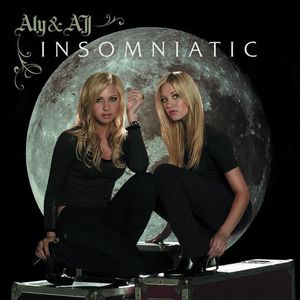 What a dreary album cover for what was probably the last time they were seen alive
What a dreary album cover for what was probably the last time they were seen alive Taken from
Taken from 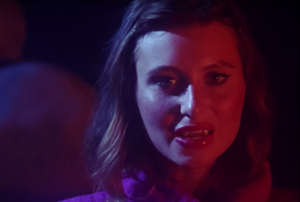 Taken from Vevo music video of "
Taken from Vevo music video of "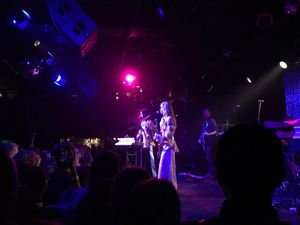 A poor quality photo of a high quality evening.
A poor quality photo of a high quality evening.
